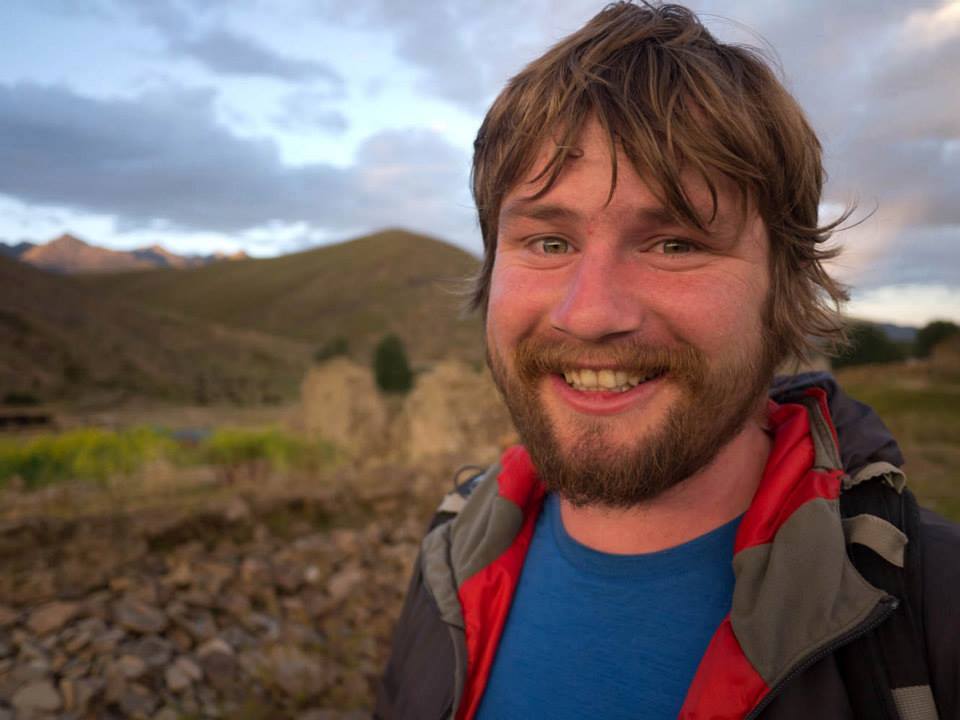
Our COVID-19 Case Studies explore the different ways the photographic community is working and staying connected through the pandemic. If you would like to submit a Case Study get in touch via chat@redeye.org.uk for more information.
Hello, I am Nat Wilkins from the collective Wideyed. My practice is documentary in nature, typically focusing on rural life up here in Northumberland. I work collaboratively, design and deliver participatory projects, and also provide stills and video work for project evaluations in the environmental and cultural sector. I want to share with you the work I have been delivering with my fellow Wideyed photographers (Louise Taylor & Richard Glynn) through the pandemic.
How are you adapting your work during the pandemic?
We have adapted to the nuts and bolts of collective life in much the same way as everyone else. Zoom is the order of the day with all meetings taking place in the digital realm when restrictions dictate. We were pretty good at using web based team working apps prior to lockdown so were reasonably placed to keep the ball rolling.
Has the new context inspired you to try anything innovative that you haven’t tried before? If so, what?
We undertook two projects during lockdown and organised an online launch for our recently published book ‘Agri[culture]’. Showstoppers was our first pandemic project, and a direct continuation of our most recent work pre lockdown - Agri[culture] - a documentary of agricultural shows in the North Pennines. Through this project we had learnt how important these cultural events are to our communities and felt their pain when they all closed their gates for the 2020 season.
To mark the passing of the agricultural shows’ fallow year we ran a photo competition for anyone who would’ve competed in the agricultural show classes. A photography competition is not something we would ever have considered hosting before lockdown but it was a great opportunity to give back to the communities that had accommodated our previous endeavours. The only stipulation was that the photo entered had to be of something that could have been entered into a show, so that's a wide gamut of subject matter! We curated an outdoor winners exhibition and toured it to the villages that would have hosted the shows, awarding rosettes to our winners.
For lockdown two/three we developed our first direct photographic response to Covid with our ongoing crowd sourced project, Home Time. Since Christmas we have been distributing disposable cameras to care home residents and shielding or isolated individuals in the community across County Durham. We have supported each participant individually over the phone, learning about their lockdown and discussing how they might portray it with the cameras.
We’ve heard amazing stories about resilience and community cohesion as well as some sad stories about lives that haven’t changed much over the years: with daily routines impacted little by the pandemic. We’re busy processing the cameras now and planning two more outdoor exhibitions that combine participants' work with portraits of key workers, care workers and volunteers that have facilitated a more bearable life for our participants.
Are there any working methods that you envisage keeping once the lockdown is over?
The interesting thing about Home Time is that this model of an outreach participatory project has brought a much wider variety of people than we could have imagined when originally developing the idea. In terms of broadening access to projects in the future this is something that will definitely come into consideration.
Showstoppers was a great project, we also launched our first Crowdfunder for it which was a valuable learning curve. The photography competition was right for that moment and resonated with the typical form of an agricultural show, however this probably not something we would be inclined to run regularly.
What are your current and future plans for making, showing, distributing work?
The main objective now is to exhibit Home Time. We wrote this project in the depths of lockdown two so we couldn’t plan in any detail for an exhibition six months beyond that. Who knew what the situation would be? A vaccine wasn’t even ready at that point.
What we did know then is what we know now; that the value in the project to the participants is to see their photos in an exhibition and know that they are part of a larger community project, even from the confines of their lockdown. It is a priority for us that we exhibit in an outside venue so that the most anxious participants can feel safe coming to see the final show. We are currently looking at venues in Barnard Castle.
See more from Nat on his website: https://natwilkins.co.uk/ and Instagram @nat.wilkins
Also take a look at Wideyed collective website https://wideyed.org/ and Instagram @wideyedphotos
